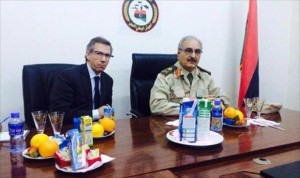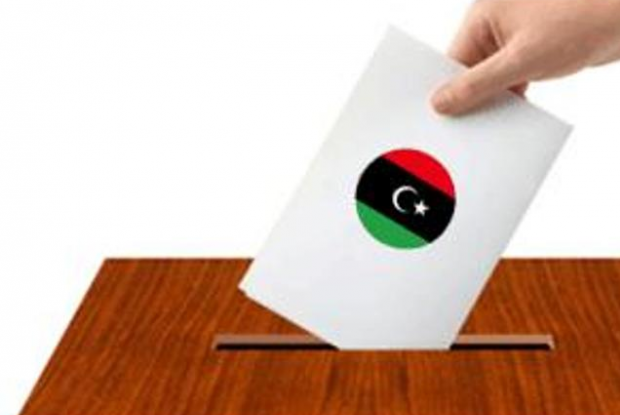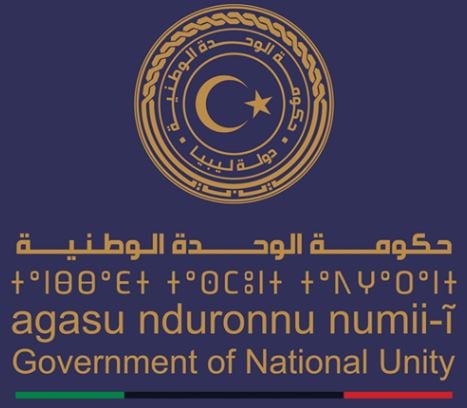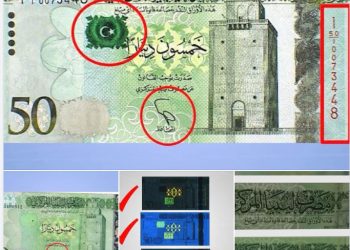By Libya Herald reporter.

Tripoli, 2 May 2015:
Libyans may be more divided than ever as the country’s civil war sinks into its . . .[restrict]tenth month, but on one thing they are united – their love of yoghurt.
Al Naseem, Libya’s largest private employer, has seen sales of yoghurt and ice cream actually rise since the war began, its delivery vans puncturing the country’s complicated front lines.
Some Misratans worry their businesses will be crimped in many parts of the country because of the city’s support of Libya Dawn, but Al Naseem’s owner insists this does not apply to his company.
“Our factory is working well, we deliver our goods all over, to Benghazi, Sebah, even to Tobruk, even to Marj,” said its owner Mohammed Raied told the Libya Herald. “Even (Khalifa) Hafter, even when he is sitting with (Bernardino) Leon, then he has one Naseem Leban – buttermilk.”
A photograph of the meeting between Leon and Hafter, commander of the forces of the recognised government, does indeed show Al Naseem products before them.
The Naseem dairy still employs around 900 people in Misrata, and has seen its sales rise in the war because its chief competitor, Danone, has been unable to get its products into Libya through Tunisia because of fighting near the border.
Supplies of ingredients for the factory continue to flow through Misrata port, despite shipping falling by about half as the economy has shrunk.
The Naseem example is a reminder of the peculiarly inter-linked nature of Libya’s combatants: even as the war intensifies, commercial deliveries continue across the country, often circumventing front lines.
Almost all Libya’s timber and much of its building materials must be imported. Much of it is landed in Dawn-held Tripoli Khoms and Misrata ports, then moved out across the country. Similarly, honey from the government-held Green Mountains, regarded as the best in Libya, continues to find its way west to Dawn-held Tripoli.
On a darker note, smuggling gangs continue to move tens of thousands of migrants through Libya, passing from the southern border up through conflict zones to Tripoli and out to beaches at Zuwara to the west and Garabuli to the east for embarkation to Italy.
One reason for the reluctance of the recognised government to bypass the central bank is that it is the only mechanism for payments to 1.7 million Libyans, from all factions, who are on the government payroll.
Meanwhile oil production, the bulk of which remains in government hands, relies on sales abroad agreed by the National Oil Corporation, in Libya Dawn-controlled Tripoli.
For some diplomats, the inter-connected nature of what remains of the Libyan economy offers the best hope for a peace agreement.
In the case of Naseem, the factory has had a turbulent few years. In the 2011 revolution pro-Qaddafi forces shelled the plant, then used its delivery trucks in Tripoli to move troops and ammunition to the front lines, their bright logos providing cover from roving NATO bombers.
In a country with virtually no manufacturing, Naseem’s 900 workers make it Libya’s largest employer. [/restrict]






